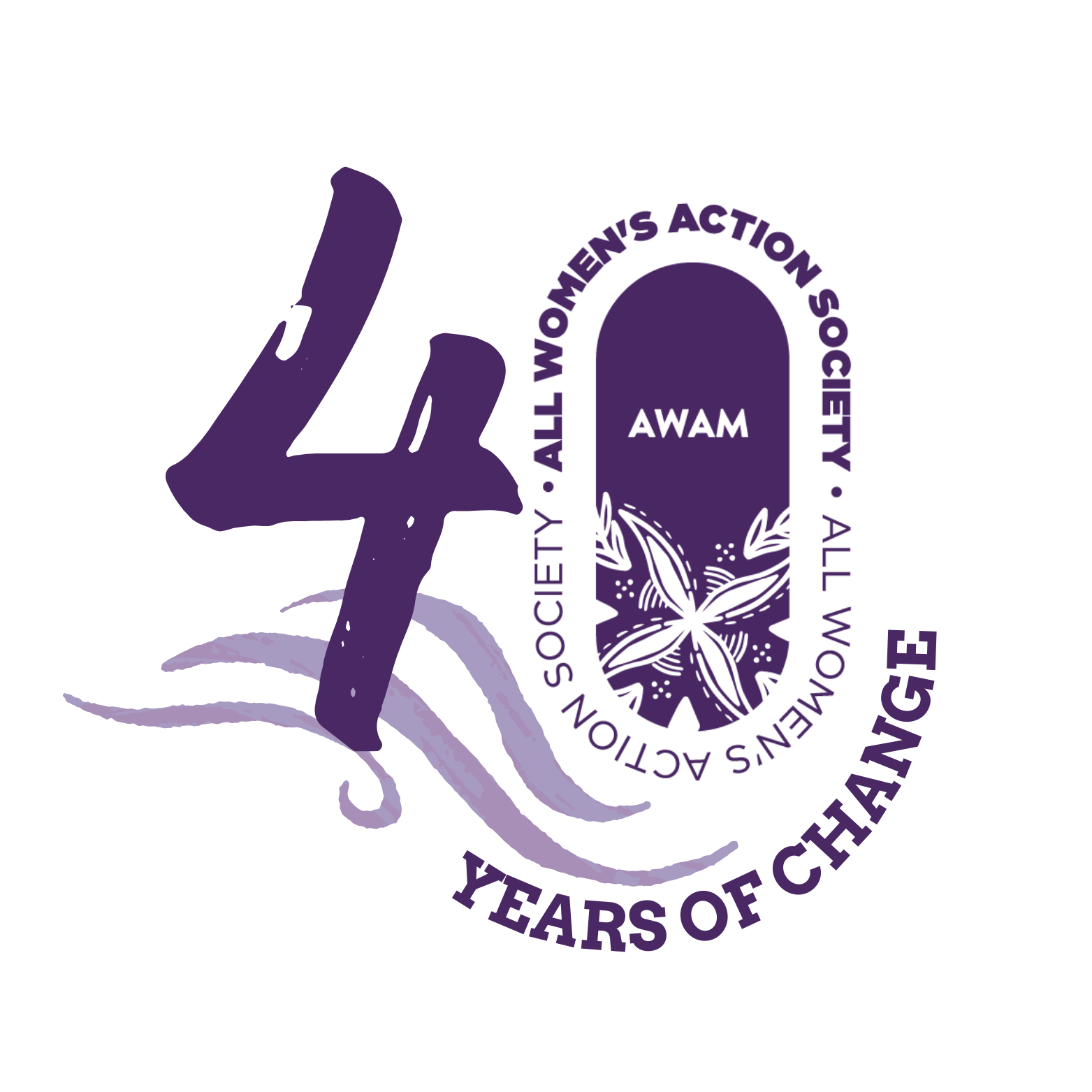- General Inquiries
- 03-78774221
- awam@awam.org.my
- Monday - Friday: 9:30 A.M. - 5:30 P.M.
Gender-Based Violence
Understanding GBV
What is Gender-Based Violence?
Gender-based violence (GBV) refers to any harm inflicted on an individual due to their biological sex, gender, gender identity, or sexual orientation. It can take place in both public and private spaces and includes various forms of physical, sexual, psychological, and economic abuse.
Forms of GBV
- Domestic Violence
- Sexual Harassment
- Rape
- Sexual Assault
- Female Genital Mutilation
- Honour Killing
- Human Trafficking
- Child and Forced Marriage
- Online Violence
Key Statistics
- 1 in 3 women have experienced physical or sexual violence in their lifetime.
- Approximately 137 women are killed by a family member or intimate partner daily.
- Each year, 15 million girls are married before the age of 18—28 girls every minute.
Source: ReliefWeb
The Root Causes
Causes of GBV
GBV stems from deep-rooted gender inequalities and power imbalances. Traditional gender norms dictate how men and women should behave, reinforcing harmful stereotypes:
- Men are often expected to be dominant, aggressive, and unemotional.
- Women are expected to be nurturing, submissive, and emotional.
Violence is frequently used to enforce these roles, perpetuating a cycle of oppression and discrimination.
The Consequences
Effects of GBV
Impact on Survivors
- Mental Health: PTSD, depression, anxiety, self-harm, suicidal thoughts, substance abuse.
- Physical & Sexual Health: Injuries, unwanted pregnancies, STIs, chronic illnesses.
- Social Impact: Stigma, isolation, job loss, academic setbacks.
Impact on the Economy
- Loss of productivity and earnings due to trauma or incarceration.
- Increased burden on healthcare, social services, and the justice system.
- Long-term economic losses from intergenerational trauma and reduced workforce participation.
GBV-related economic costs can range from 1.2% to 2% of global GDP, equivalent to most developing countries’ annual spending on primary education.
Sources: UN Women, World Bank
